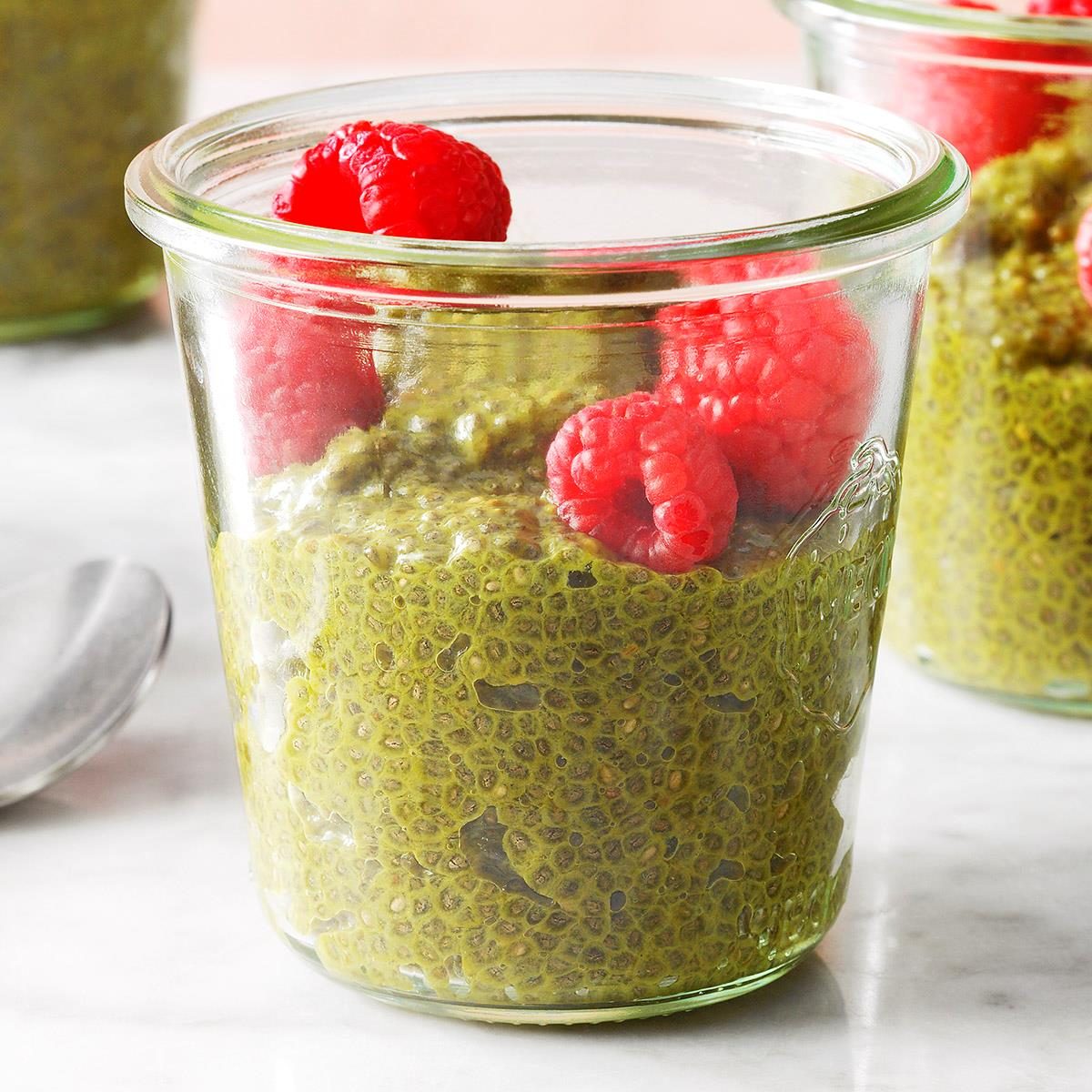Matcha: Important Facts, Health Benefits, and Recipes
Explore the world of matcha with our ultimate guide, covering its origins, health benefits, culinary uses, and how it differs from regular green tea.
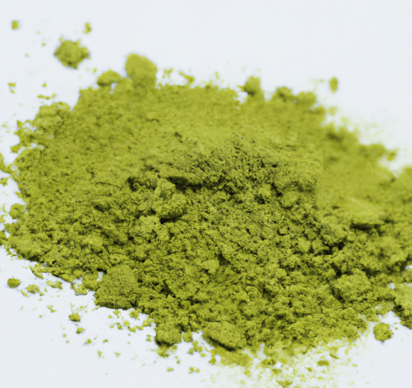
Best Matcha Recipes
-
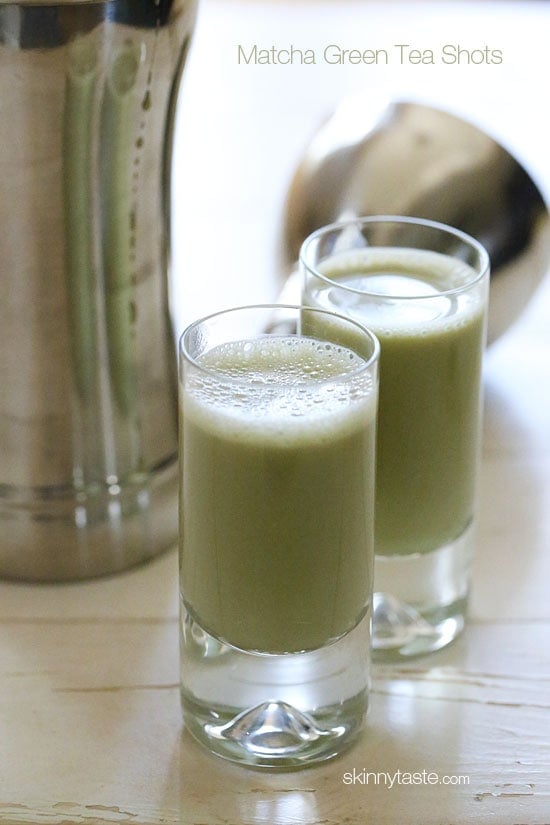
-

-
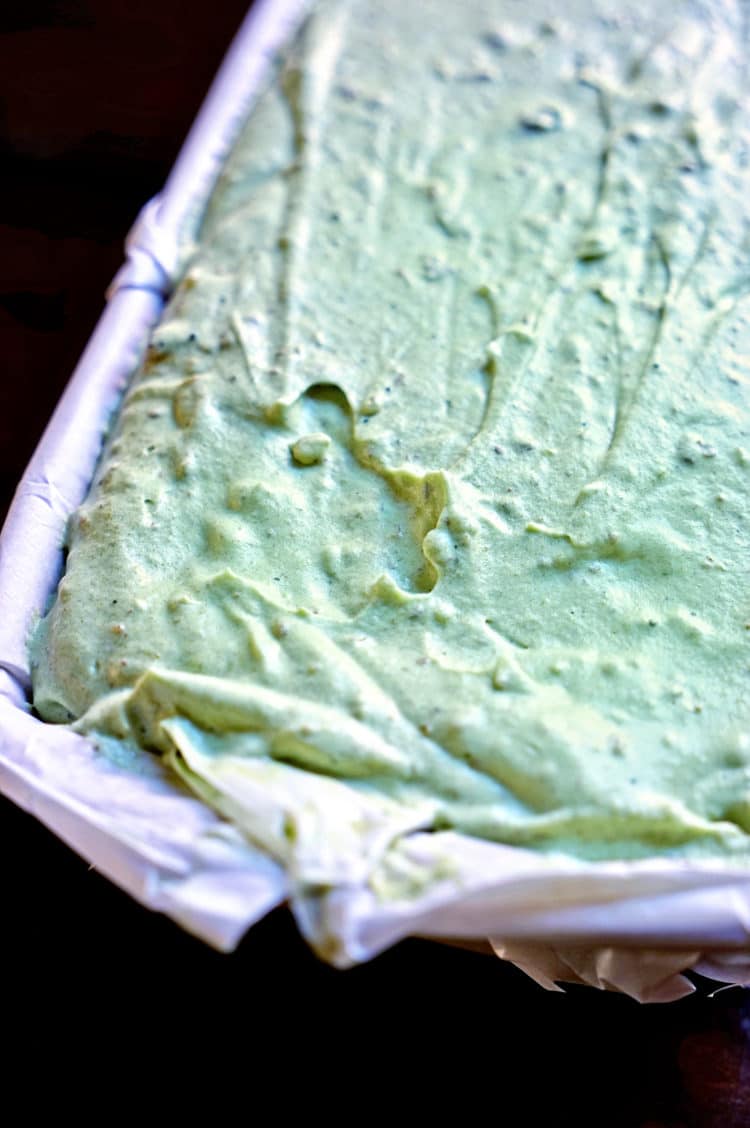
-
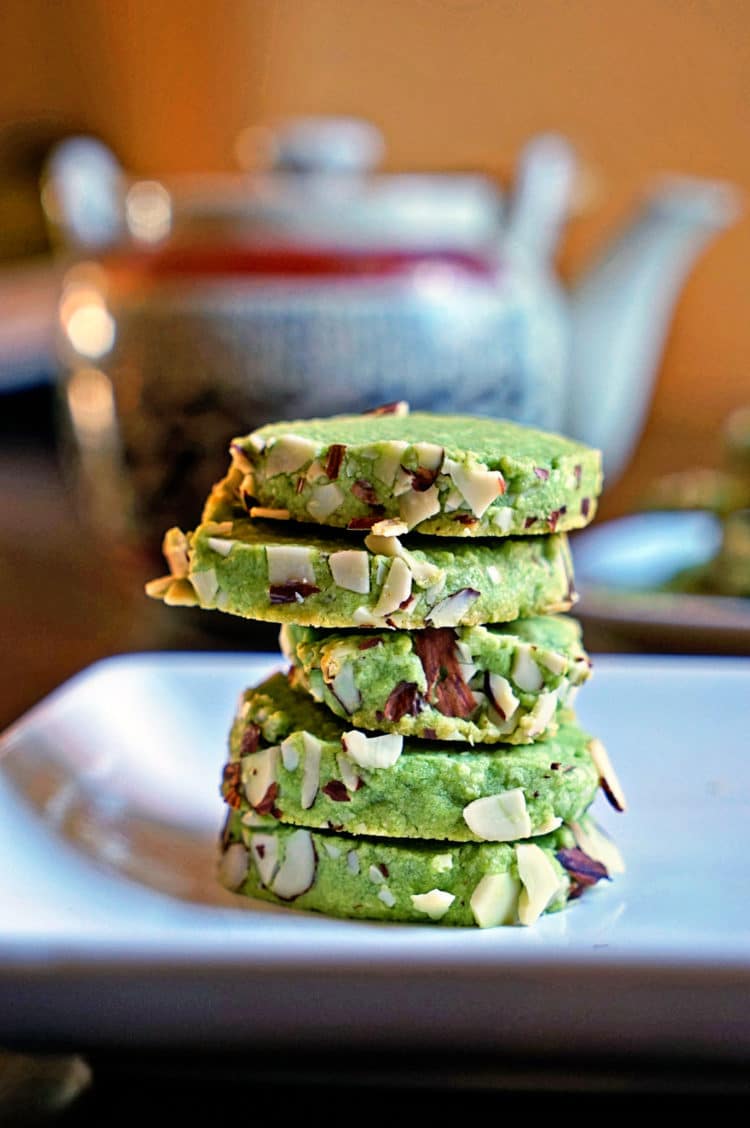
-
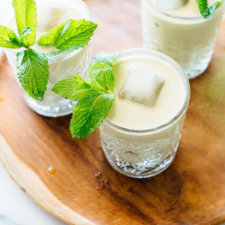
-
:max_bytes(150000):strip_icc()/green-tea-nokcha-cake-recipe-2118896-hero-04-b62adaa1e981492f911f9842768ede38.jpg)
-
:max_bytes(150000):strip_icc()/matcha-green-tea-truffles-521505-hero-01-21964f73d6274bb79cbf83a1d6e2f092.jpg)
-
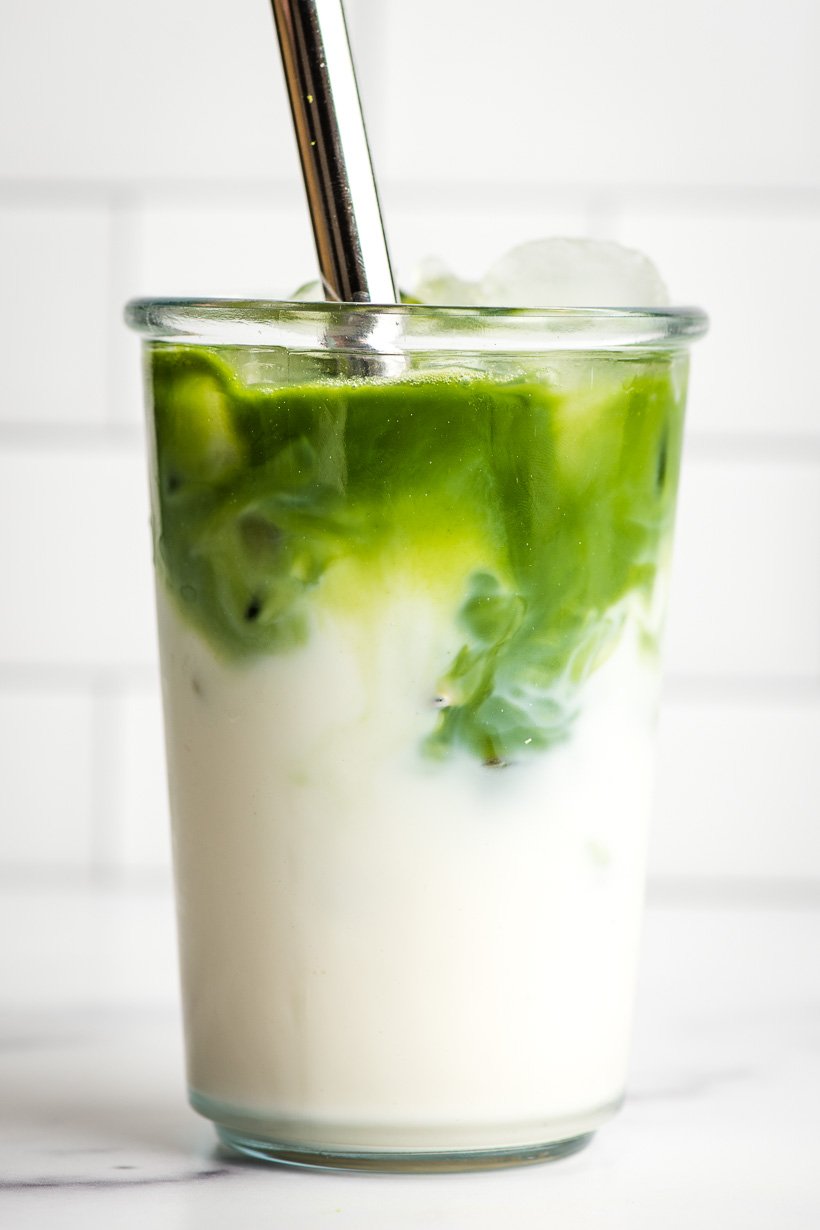
-
![Classic Chocolate Yule Log Recipe Image]()
-
-
![Ginger Green Tea Ice Cream Recipe Image]()
-
![Matcha Ice Cream and Cookies Recipe Image]()
-
![How to Make Matcha Image]()
-
![No-Bake Matcha Green Tea Cheesecake Recipe Image]()
-
![Matcha Butter Recipe Image]()
-
![Indian Fish Kofta Curry Recipe Image]()
-
![Matcha (Green Tea) Ice Cream Recipe Image]()
-
![Matcha Green Tea Sorbet Recipe Image]()
-
![Vegan Mock "Tuna" Salad Recipe With Tofu Image]()
-
![Vegan Fettuccine Alfredo With Tofutti Cream Cheese Image]()
-
![Matcha Green Tea Pound Cake - Recipe Image]()
-
![Indian-Style Burmese Khow Suey Recipe Image]()
-
![Sweet Green Tea Sauce Recipe Image]()
-
![Sansai (Mountain Vegetable) Tempura with Matcha Salt Image]()
-
![Shamrock Shaker St. Patrick's Day Cocktail Recipe Image]()
-
![Mochi Ice Cream Image]()
-
![Matcha Green Tea Mousse Recipe Image]()
-
![Green Tea Kasutera Recipe Image]()
-
![How to Make Matcha Salt Recipe Image]()
-
![Recipe for Matcha (Green Tea) Mochi (Rice Cake) Bars Image]()
-
![Matcha Green Tea Smoothie Recipe Image]()
-
-
![Matcha Green Tea Flavored Rice Krispies Treats Image]()
-
![Easy Green Tea and Coconut Cake Recipe Image]()
-
![Chia Matcha Pudding Recipe Image]()
-
![Green Tea Ice Cream (No Churn) Image]()
-
![Matcha Cookies Recipe Image]()
-
![Matcha Ice Cream Recipe Image]()
-
![Matcha Lemonade Recipe Image]()
-
![Matcha Energy Balls Recipe Image]()
-
![Chinese Pineapple Tarts Image]()
-
![Matcha Latte Image]()
-
![Matcha Latte (Hot or Iced) Recipe Image]()
-
![Blender Strawberry Mochi Muffins Recipe Image]()
-
![The Summer Tiramisu Twist You Didn't Know You Needed Image]()
-
![Matcha Chia Pudding Image]()
-
![Matcha Cake Image]()
-
![Hetal Vasavada’s Matchai Tiramisu Image]()


:max_bytes(150000):strip_icc()/__opt__aboutcom__coeus__resources__content_migration__serious_eats__seriouseats.com__2019__11__20191108-yule-log-vicky-wasik-29-ef066dac83dc41309d7dbe11dd0dc538.jpg)
:max_bytes(150000):strip_icc()/__opt__aboutcom__coeus__resources__content_migration__serious_eats__seriouseats.com__recipes__images__2013__05__20130522-green-tea-ginger-ice-cream-158ec63f5faa410fb256d7f155ae1cc7.jpg)
:max_bytes(150000):strip_icc()/__opt__aboutcom__coeus__resources__content_migration__serious_eats__seriouseats.com__recipes__images__20100526matcha-9c3643e7ef874639a8c0c9a930e8e236.jpg)
:max_bytes(150000):strip_icc()/MatchaTea-4842785-077-af32f78c306f462984837b57be2e3547.jpg)
/GettyImages-470387925-56a541b23df78cf772875a45.jpg)
/Matcha-ground-581badda3df78cc2e89b023d.jpg)
/FishKoftaCurry-GettyImages-84595333-598c9f08aad52b00116a0f58.jpg)
:max_bytes(150000):strip_icc()/green-tea-matcha-ice-cream-2031118-hero-01-14e95fdc74154590b112b62048ba8f67.jpg)
/Matchasmoothie-GettyImages-590775491-598b8b730d327a0010d714db.jpg)
:max_bytes(150000):strip_icc()/Amy-G-Chickpea-salad-583601393df78c6f6ae3e634.jpg)
/1pastafett-56a9be785f9b58b7d0fe9993.jpg)
/GettyImages-475625149-580af1db5f9b58564c419f20.jpg)
:max_bytes(150000):strip_icc()/SES-burmese-khow-suey-indian-style-1957395-86f4f0f81b2b47d684c4bfc34016229a.jpg)
:max_bytes(150000):strip_icc()/sweet-green-tea-sauce-recipe-2031120-hero-01-c4145eeb15f44248a9f0bae8c8a34fcf.jpg)
:max_bytes(150000):strip_icc()/Sansai-Tempura-58a4b5565f9b58819cff0c55.jpg)
/GettyImages-183820903-582deb183df78c6f6ae22aa8.jpg)
:max_bytes(150000):strip_icc()/mochi-ice-cream-4774620-hero-03-97d36e50250e46929f2e64171f4110c7.jpg)
:max_bytes(150000):strip_icc()/MatchaGreenTeaMousse-GettyImages-475625209-59854b290d327a00110714bb.jpg)
/GettyImages-660579721-580aed803df78c2c731a2863.jpg)
:max_bytes(150000):strip_icc()/Matcha-Salt-59fe65fa0d327a0036fe8d07.jpg)
:max_bytes(150000):strip_icc()/matcha-green-tea-mochi-bars-2031314-hero-38fc294d2d01410c813b7b82a174775b.jpg)
:max_bytes(150000):strip_icc()/matcha-green-tea-smooothie-recipe-765400-hero-01-d8bd2c0fd4a844c2b5f72077466f2df7.jpg)
:max_bytes(150000):strip_icc()/MatchaRiceKrispies-56e18ac53df78c5ba0569278.jpg)
/greenteacococake640-56d356153df78cfb37d2bcad.jpg)
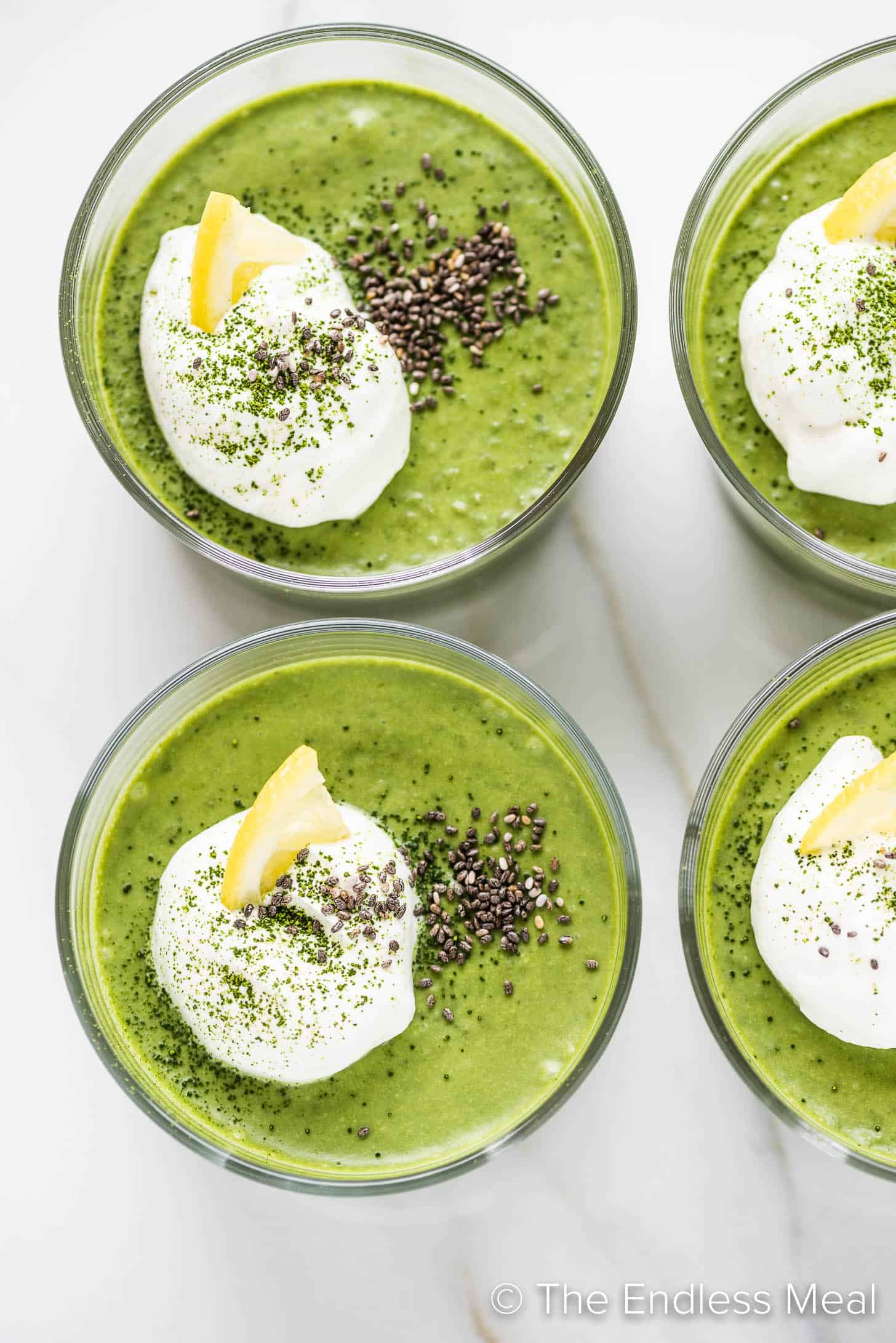
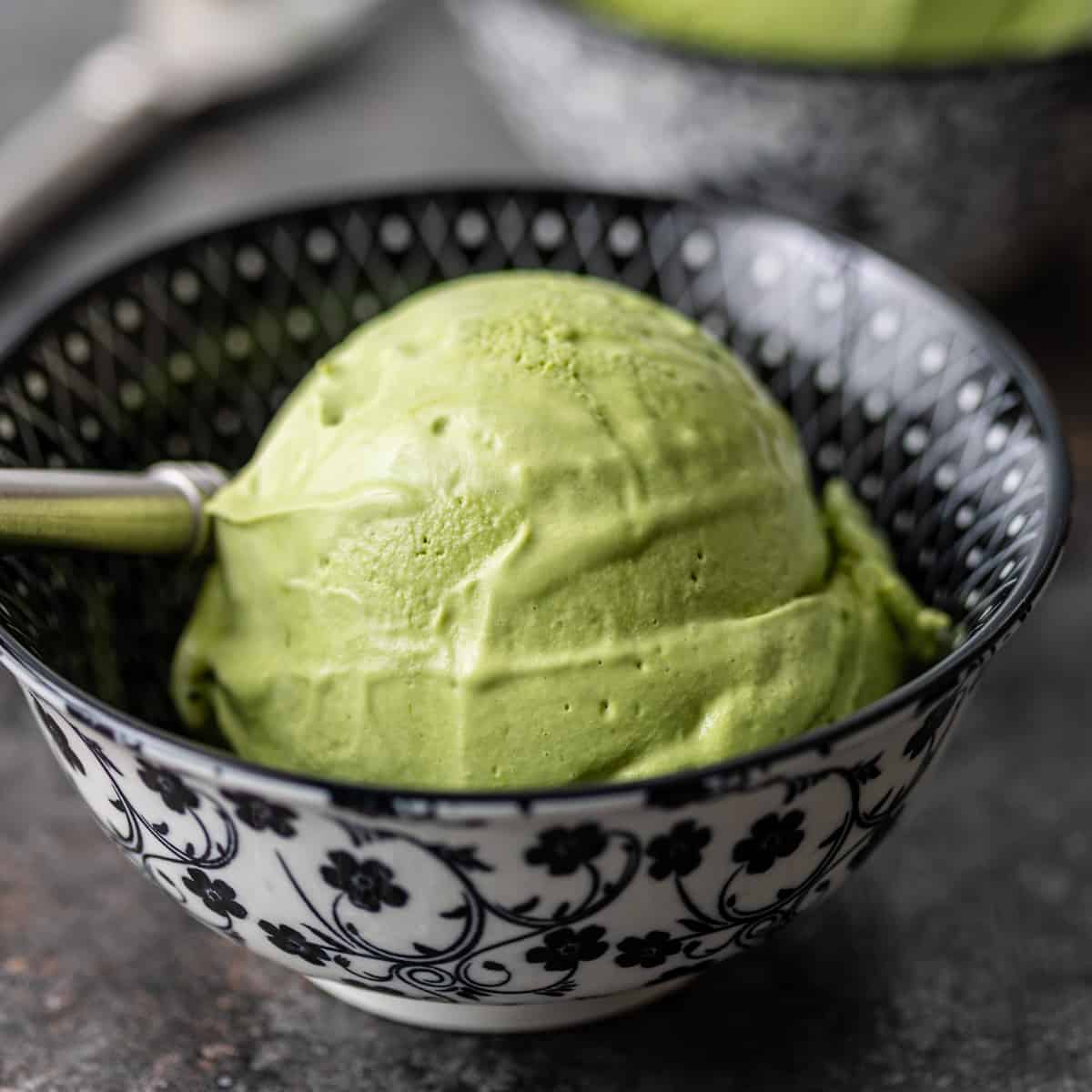

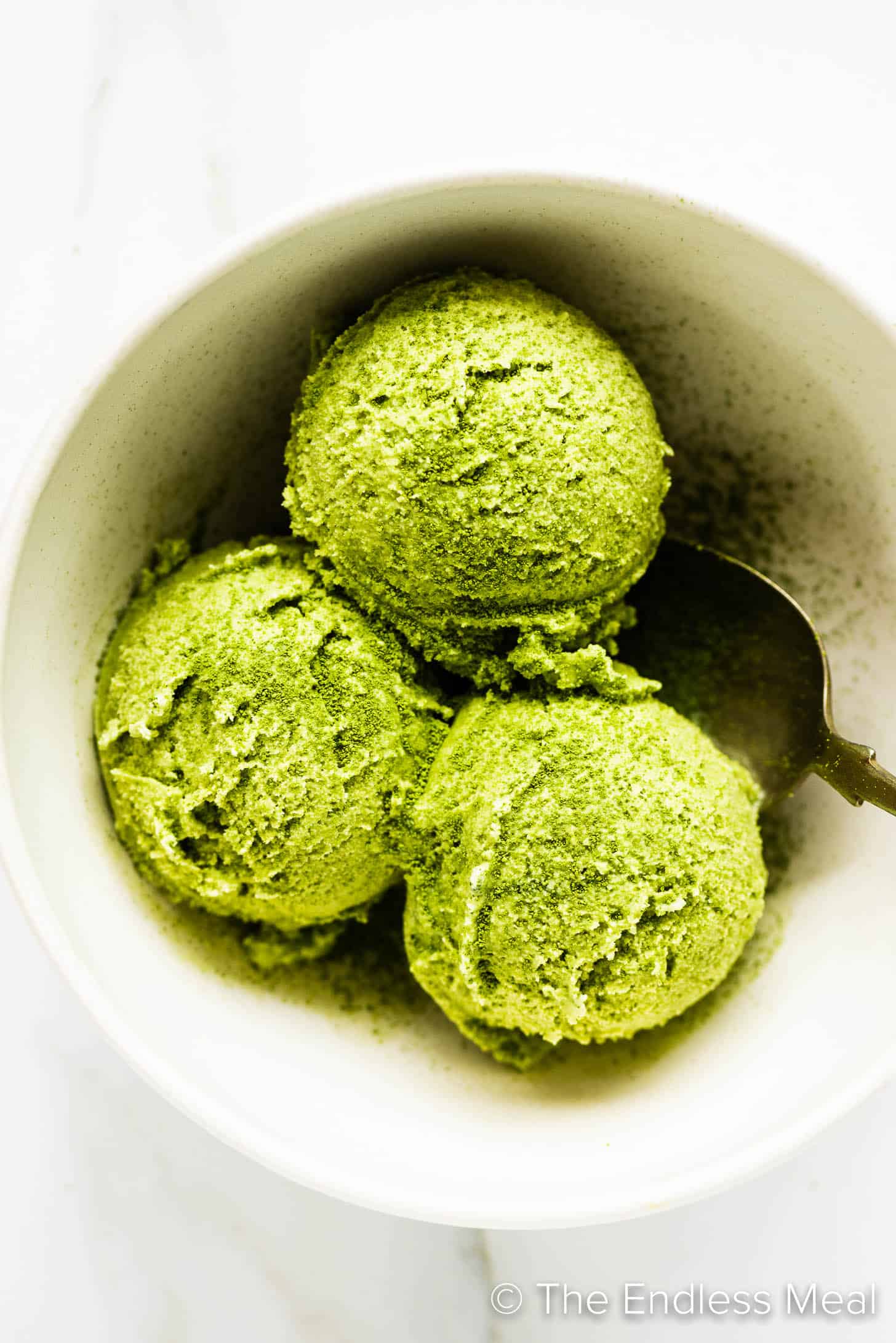
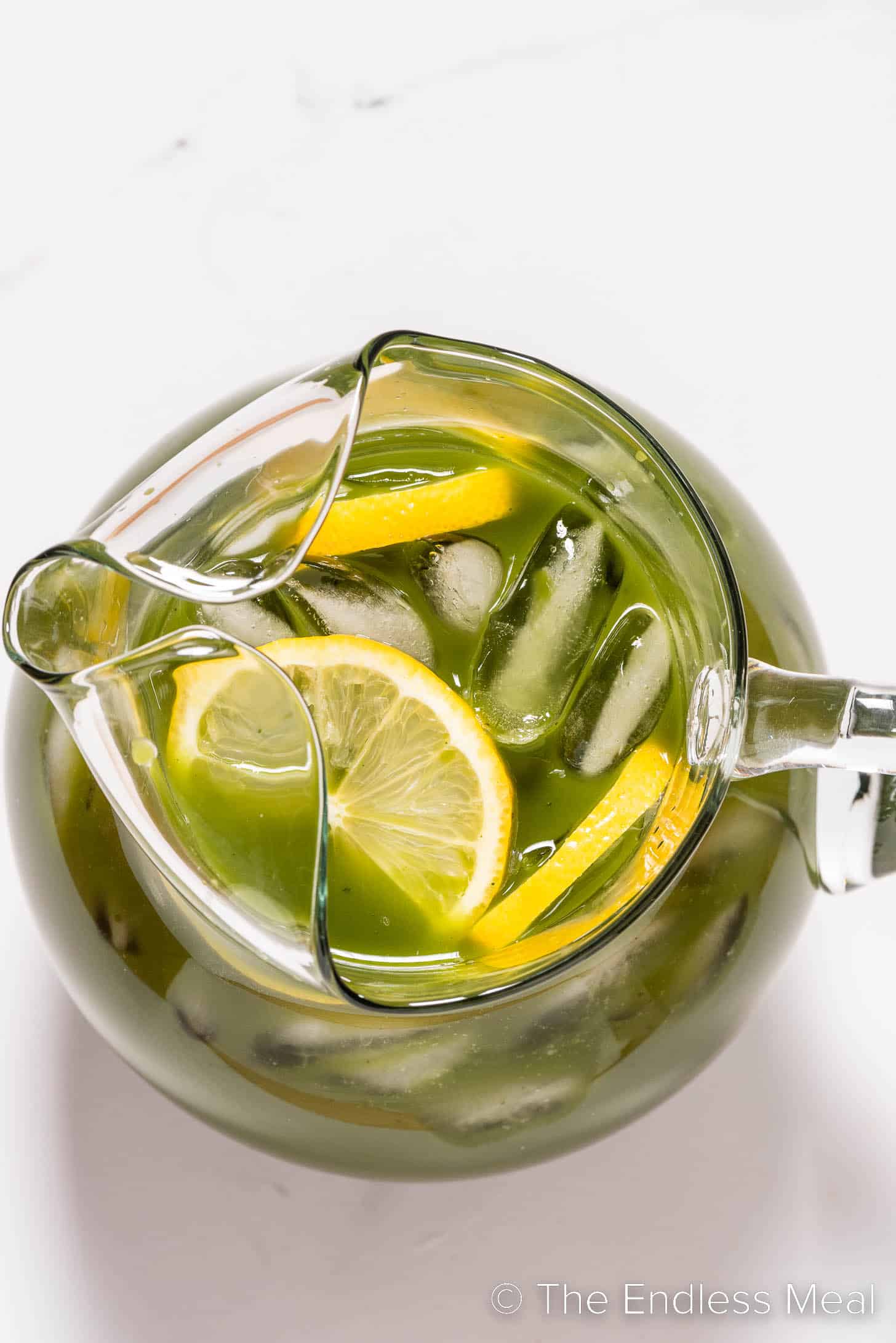
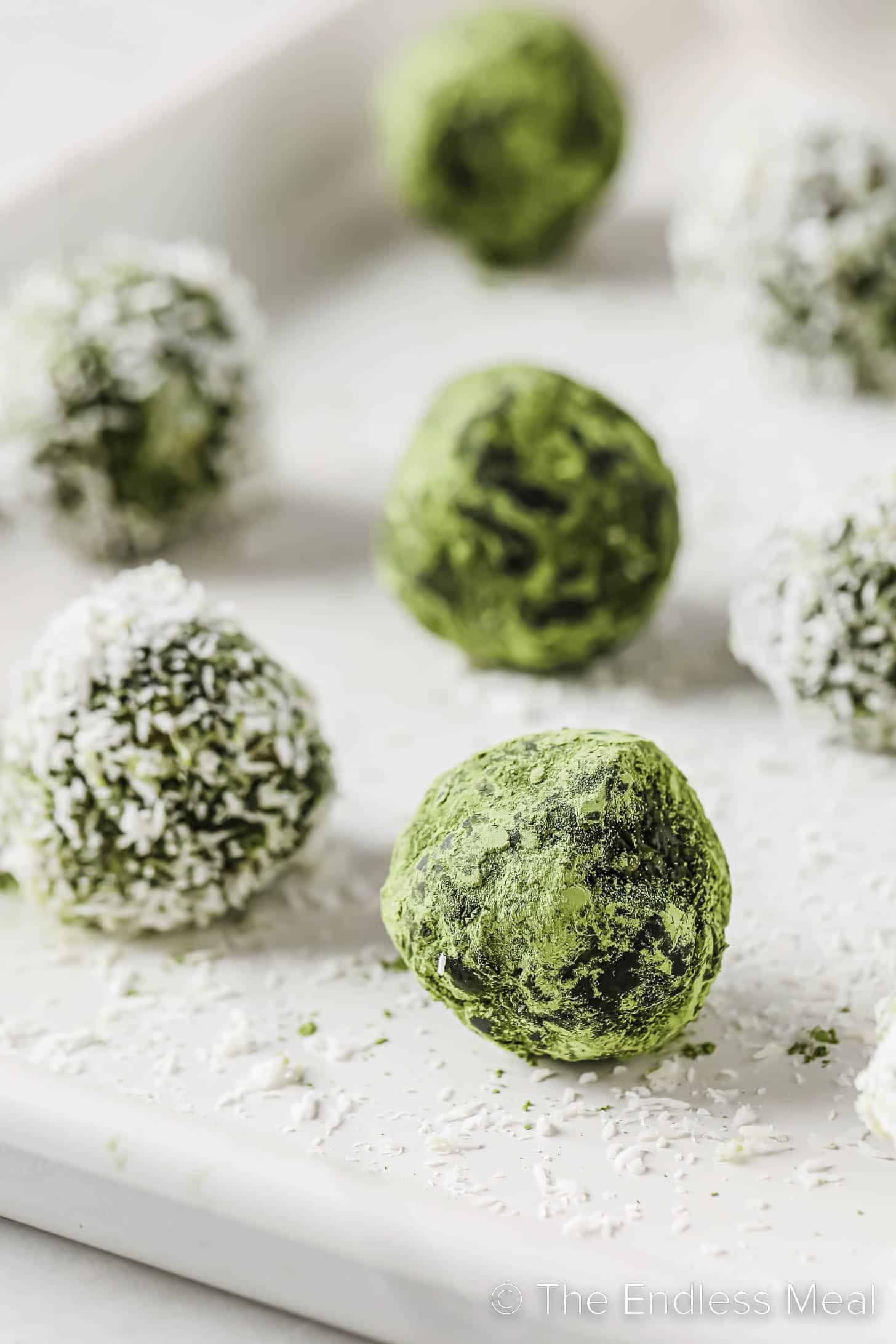
:max_bytes(150000):strip_icc()/chinese-pineapple-tarts-7093253-hero-01-cf58c653a5c246e189bdcda560068bd3.jpg)

:max_bytes(150000):strip_icc()/SES-matcha-latte-hot-or-iced-recipe-7153427-hero-01-05ef0f8b5e344a1c87c4bf9e71d45e4d.jpg)
:max_bytes(150000):strip_icc()/SES-strawberry-miso-mochi-muffins-recipe-7483686-hero-01-527e4300d3ae4d90bafe1e264c50cfcf.jpg)

